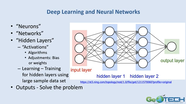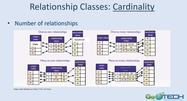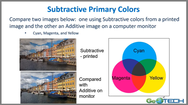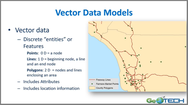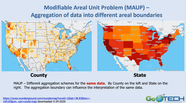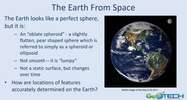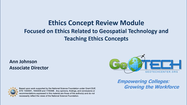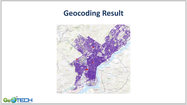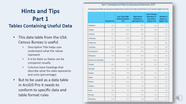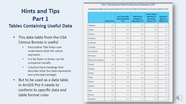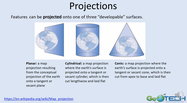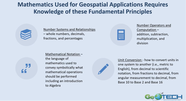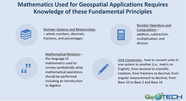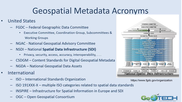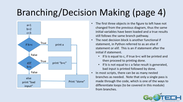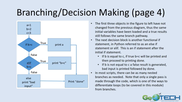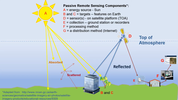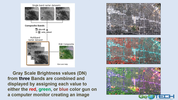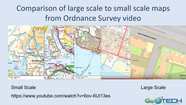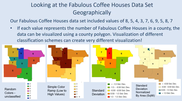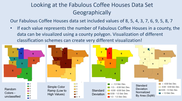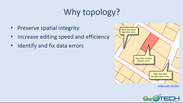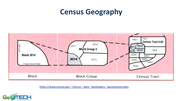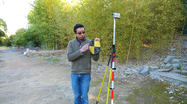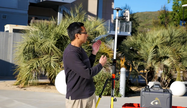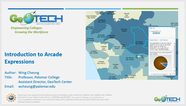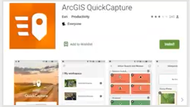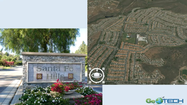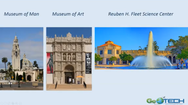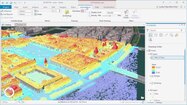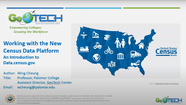Concept Modules and Demonstration Videos
Discover free public data, tools, and resources from GeoTech Center
Concept Modules
The concept modules cover a single topic and are meant to provide elementary understanding for functional literacy.
Artificial Intelligence, Machine Learning, Deep Learning, and Internet of Things - By: Ann Johnson
|
Attribute Relationship - By: Wing Cheung
|
Color - By: Ann Johnson
|
Data Visualization and MAUP - By: Ann Johnson
|
Datum - By: Ann Johnson
|
Ethics - By: Ann Johnson
|
|
Hints and Tips for Preparing Excel and CSV Data Tables for Use in ArcGIS Pro, Part II - By: Ann Johnson
|
Map Projections - By: Ann Johnson
|
Mathematical and Geospatial Technology, Part I - By: Ann Johnson
|
Remote Sensing - By: Ann Johnson
|
Scale - By: Ann Johnson
|
Statistics - Basic Topics, Part I - By: Ann Johnson
|
Statistics - Basic Topics, Part II - By: Ann Johnson
|
Topology - By: Wing Cheung
|
US Census History and Geography - By: Thomas Mueller
|
Demonstration Videos
|
These short demonstration videos are designed to show students and educators how to perform a particular task in a step-by-step manner. The topics covered by the demonstration videos include managing geospatial data in ArcGIS Pro, collecting field data using real-time kinematic GPS, and implementing high accuracy workflows in drone data processing. To suggest topics for future demonstration videos, please contact the GeoTech Center team.
|


